
 |
|||||||||||||||||
 |
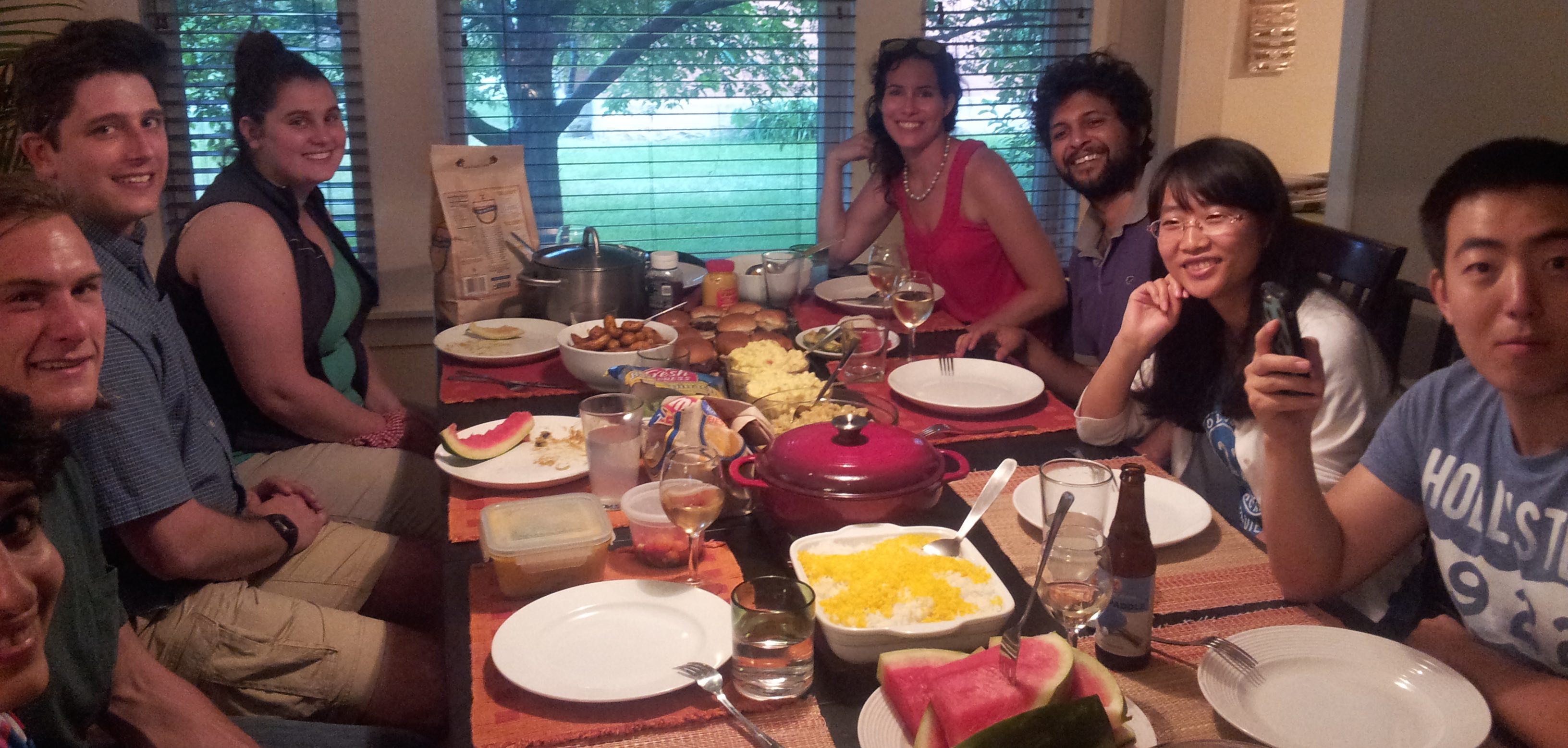 |
|
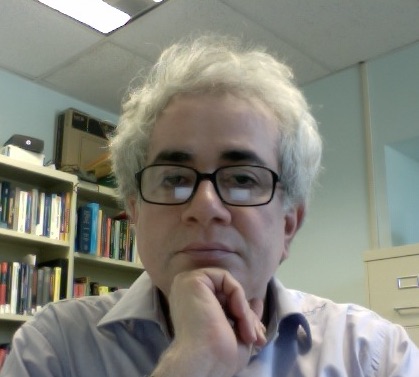 |
PI Ashok Prasad Associate Professor Chemical and Biological Engineering School of Biomedical Engineering Molecular Cellular and Integrative Neuroscience |
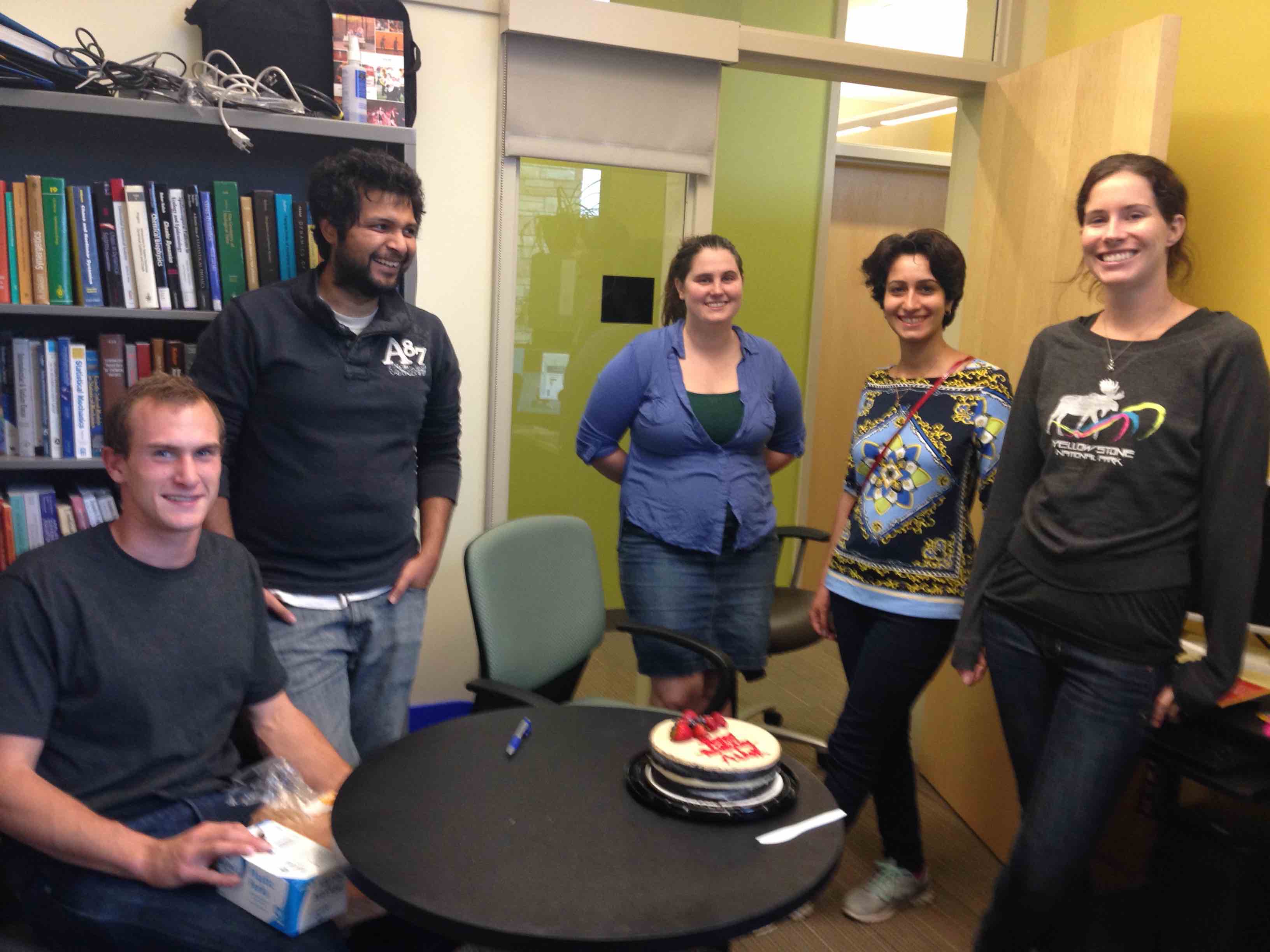 |
 |
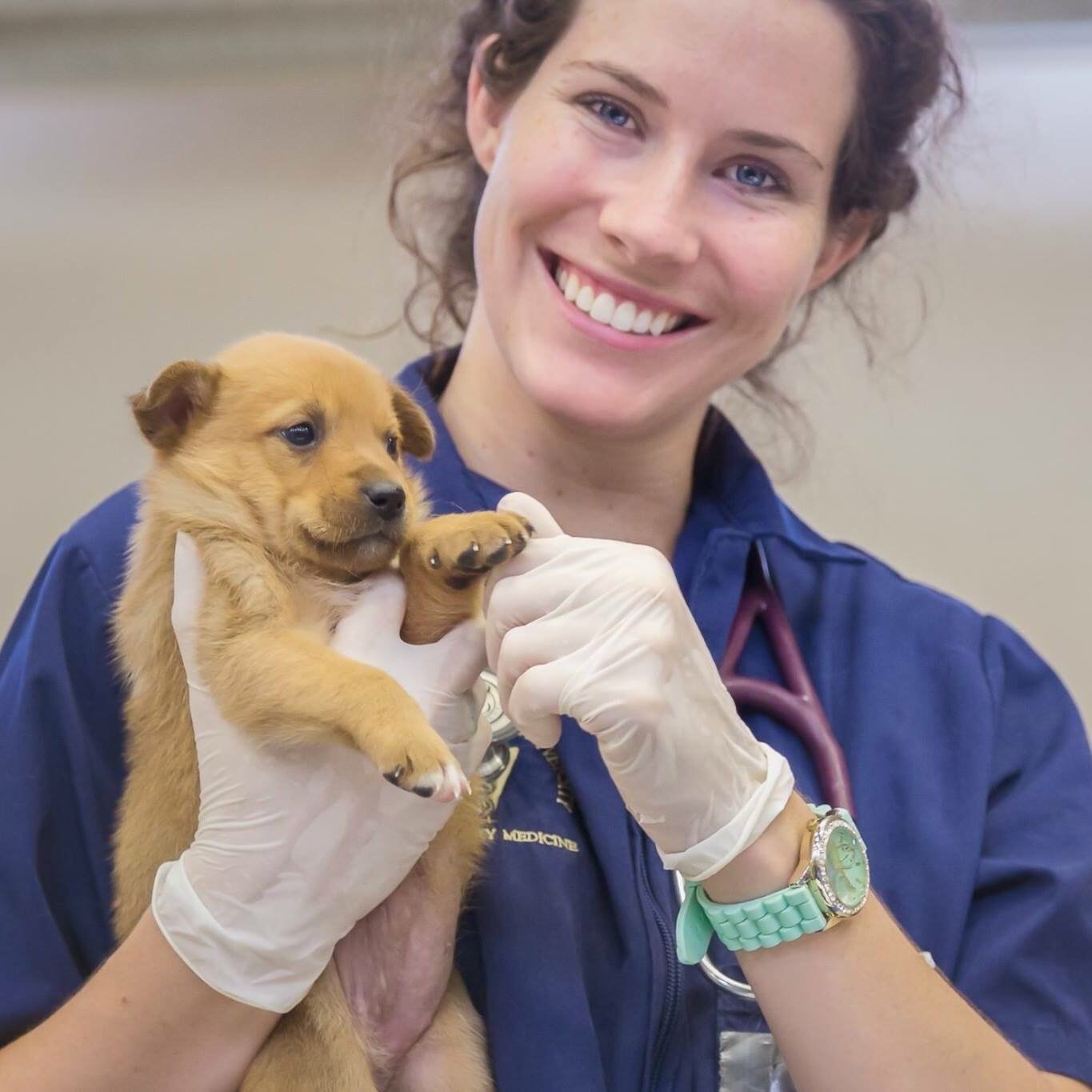 |
Samanthe Lyons,
SBME In 2010 I graduated from Duke University with a B.S.E. in biomedical engineering and a second major in biology. I've joined the Prasad lab to pursue a Ph.D. in biomedical engineering. In 2012 I also joined the College of Veterinary Medicine at CSU to simultaneously pursue a DVM degree. In the Prasad lab I have worked on a number of exciting projects. I used information theory to study the effect of cross-talk on signal transduction. I simulated synthetic plant signaling circuits in collaboration with experimental synthetic biologists of the Medford lab. I studied the effects of loads on biochemical switches. My current research is an experimental project to understand how cell shape changes between less invasive and more invasive cancers. I will graduate with a DVM in May 2016 and I look forward to combine research and clinical practice in my future life as a vet. |
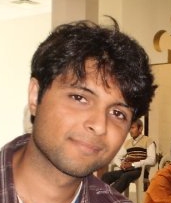 |
Chintan Joshi,
CBE I earned my
Bachelors of Technology in Biotechnology from
SASTRA University (India). My fascination for
biofuels led me to Professional Science Masters
(PSM) in Applied Biotechnology from Oregon State
University (Corvallis, OR). My masters final
project involved Flux Balance Analysis (FBA) and
simulating (in silico) nutrient stress responses
like starch accumulation in Chlamydomonas
reinhardtii, one of the most widely
researched unicellular alga. This project
introduced me to the huge potential of
computational biology. My current projects
involve using Flux Balance Analysis and
Metabolic Flux Analysis to understand the
metabolic tradeoff between growth and
lipid production, in cyanobacteria. I have built
a new metabolic model of the cyanobacterium, Synechocystis
PCC 6803. My short-term goal includes
realizing the full potential of Computational
Biology, and eventually, contributing towards
metabolic engineering of microorganisms
(bacteria, cyanobacteria or unicellular alga). Being a squash
player since I was 12, I got a chance to apply
some of my knowledge of squash in racquetball, a
sport more known in United States. Apart from my
research, I love working on oil paintings,
pencil sketches, calligraphy, and writing
abstract blogs. |
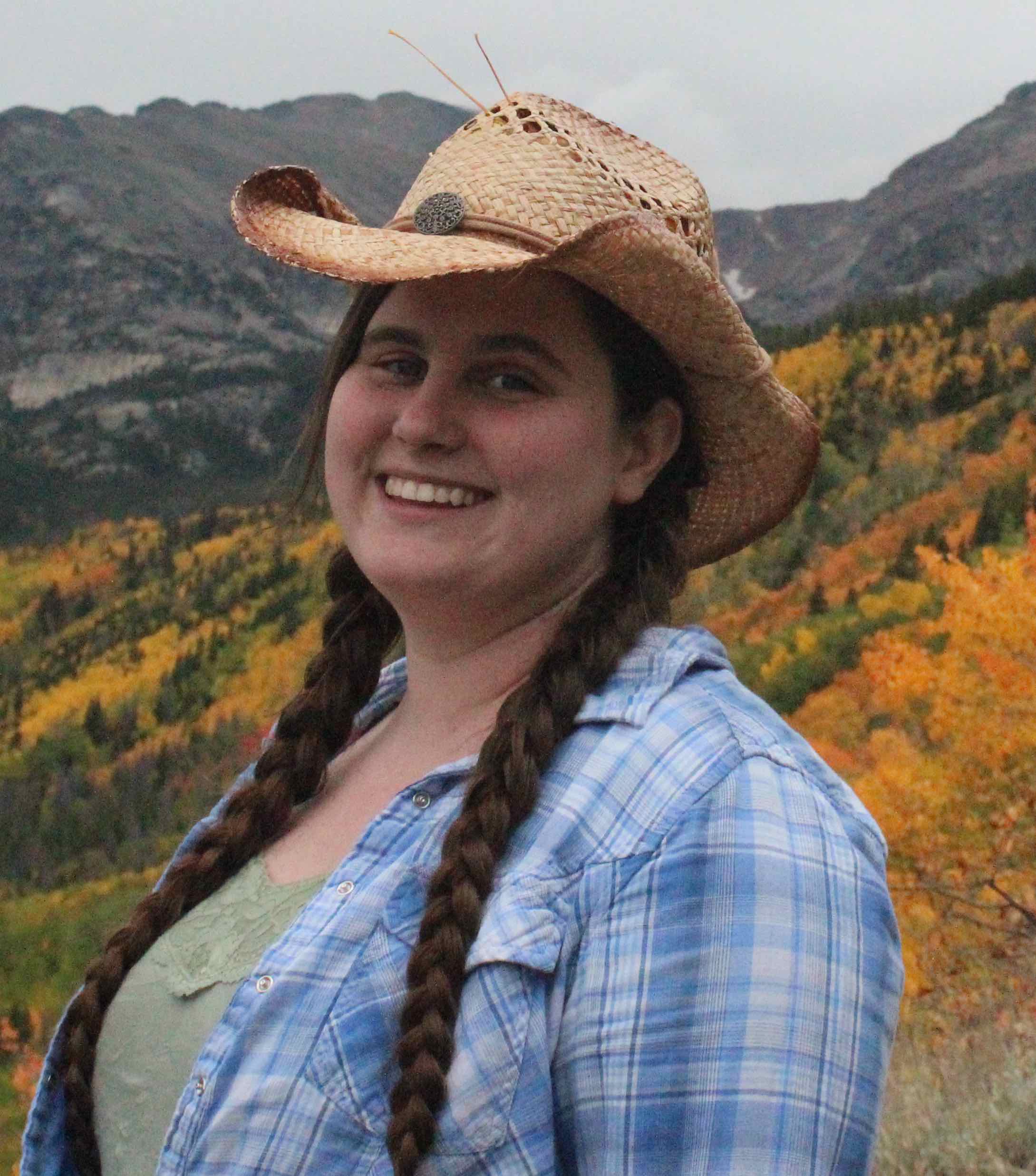 |
Katherine
Schuamberg SBME My long term goal is to change the world though exploring. I want to be involved in projects that use experimental wet lab studies in conjunction with computation modeling to approach today's questions. Questions of interest to me included: How biological switches among other circuit typologies play a role in stem cell differentiation, cell to cell communication and genomic based diseases. Another interest is in how previously existing data sets can be used to identify the underling mechanism of both normal and pathological function. I have chosen to study Biology because it is the study of life. Life for me is good and I would like to make it better for others. I have a background in computational biology and have been apart of a large variety of projects: (i) helping to develop algorithms for identification of cell shape parameters; (ii) neural networks to identify transcriptomic based bio-markers in cancer cell lines that are useful for predicting drug response; (iii) development of methods for quantitative characterization of synthetic gene circuits in plant protoplasts and (iv) predictive modeling for plant synthetic biology. In all the projects that I have been involved with, we have tried to use the leading science in the field with leading edge computational tools to discover and explore phenomena that make up our world. |
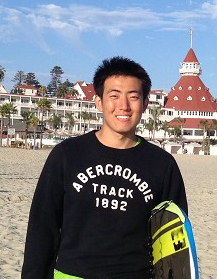 |
Wenlong Xu I got my bachelor degree in bioengineering from Northwest A&F University in China in 2010. I then joined CSU initially to pursue research on biofuels as a NSF IGERT fellow. This fellowship enables me to explore my academic interests more broadly, and I found my heart attracted to a more general research area, that is in simultaneously applying both quantitative experimental and computational tools to tackle biological questions. I have worked on analyzing the effects of loads on biological switches, data analysis for plant synthetic biology, image processing tools for the synthetic plant toggle switch and modeling multifunctional enzymes. I am currently working on using spontaneous fluctuations in cellular organelles to help us understand the physical properties of the cellular cytoplasm, and its role in disease, using a combination of experiment and theory. After being attracted into in biology-related research projects since I was a sophomore, I am still finding myself constantly amazed and awed by what a cell can do. Like how a cell can sense and integrate all the information it receives and make a reasonable decision to either stay or migrate to somewhere else, to stay as it is or differentiate and specialize into some other cell forms etc. Also questions like how a cell can take the corresponding actions after taking a decision, i.e. how to move and how to change its own identity. It will need integration of both experiments and theoretical analysis to understand these phenomena, and that is the path I am trying to follow.
|
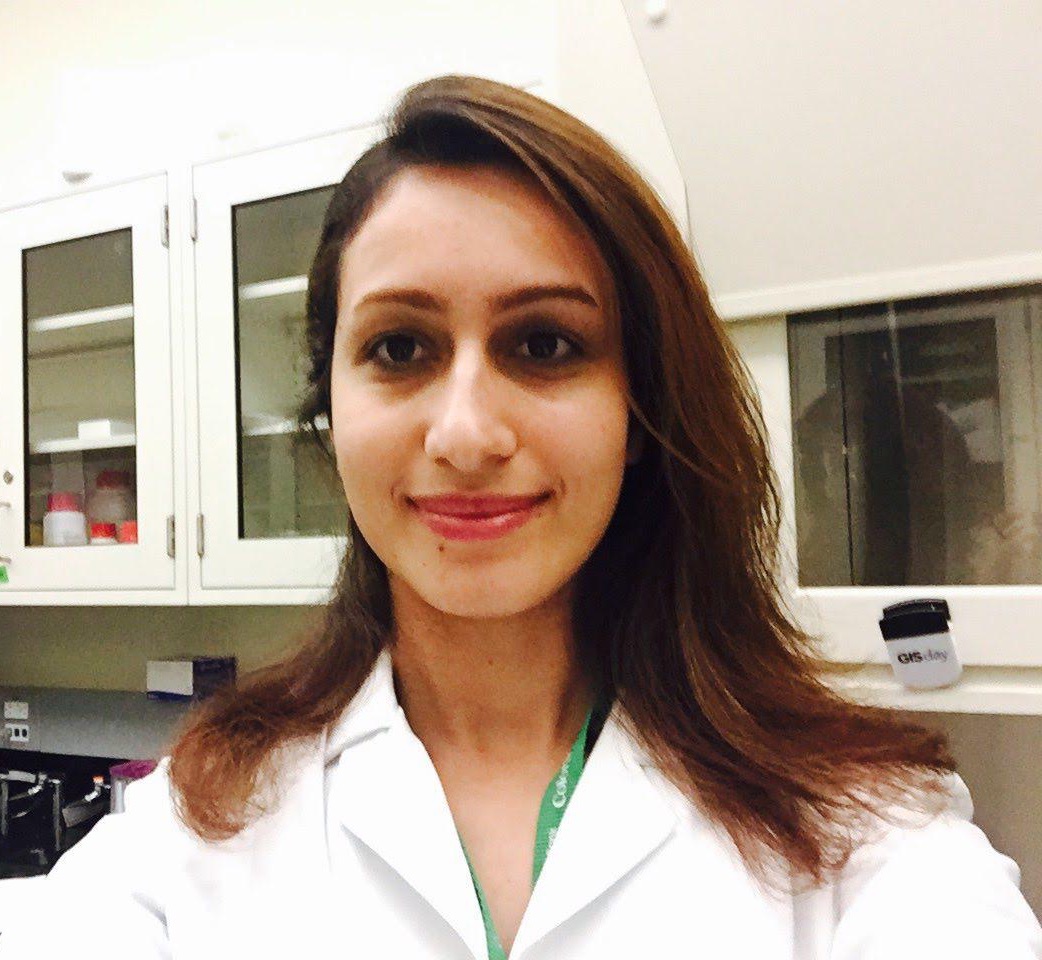 |
Elaheh
Alizadeh I have been doing science in one way or another
ever since my high school. After completing high
school, I entered the Physics Department at
Alzahra University, Tehran, Iran. After my
graduation with a B.Sc. in physics, I decided to
do plasma engineering. I was accepted to do
Masters in this field in Shahid Beheshti
University. My M.Sc thesis was titled as
“Fabrication of Microfluidics Channels using
Atmospheric Pressure Plasma”. I also worked
on other projects in the field of microfluidics
during my master. |
Shared Students |
|
| Joshua Mannheimer I Graduated from CSU in 2013 with a B.S. in Applied Physics and a Minors in Biomedical Engineering and General Mathematics. During this time, from 2011-2013, I worked in Dr. Prasad’s lab doing stochastic computational modeling of thymic selection. After undergrad I did a post-bachelors research rotation at the University of North Carolina Chapel Hill in association with the Biophysical Society. At UNC I worked under Dr. Tim Elston of the school of medicine working on CFD models for microfluidic bioreactors. I was accepted into the Master of Engineering Program in 2014 at CSU and worked once again with Dr. Prasad focusing on image processing for a project studying the relationship between metastatic potential and cell shape. Currently, I am on track to complete my Masters in Mechanical Engineering May of 2016 and will continue in the PhD program in the SBME collaboratively in the labs of Dr. Dan Gustafson and Dr. Prasad. My research interest includes developing computational models and methods to guide experimental research and personalized medicine in Oncology and the study of cancer. Being Colorado born and raised I have a passion for the outdoors and you can often find me exploring CO trails from the saddle of my mountain bike or kayaking the great whitewater Colorado has to offer. |
|
Undergraduate Students |
|
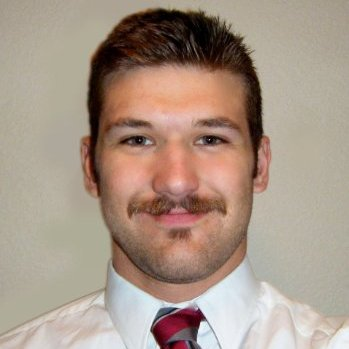 |
Kyle
Hartson I am a fifth year student in CSU's dual degree program, graduating in May 2016 with a BS in Biomedical Engineering, a BS in Mechanical Engineering, and a minor in Physics. My research has focused on programming stochastic simulations of biological processes using a program called Netlogo, and helping to integrate these teaching tools in classrooms across the Poudre Valley School District. I grew up in northwest Indiana, and came to Colorado for the beautiful surroundings; thus, in my spare time I enjoy activities such as hiking, fishing, golfing, and snowboarding. Upon graduation, I hope to begin my career as an engineer with a medical device company. |
 |
Jordan Castle Jordan is a Biology major who has been working in the Prasad lab for over two years. She works with cell culture and imaging of cancer cell lines. |
 |
Jacqueline Foss Jacqueline Foss is studying to achieve a BS in Mechanical Engineering and a BS in Biomedical Engineering by May, 2019. She works as an Undergraduate Research Assistant at Colorado State University in both a Cell Lab as well as a Biomaterials Lab. In her limited spare time, she loves to cook/bake, and loves to spend time with her friends and family whenever possible. |
Previous Group Members |
|
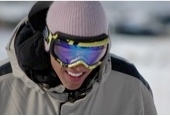 |
Dustin
Robert Berger, M.S. SBME (2009-11) I have a love for all things fun, a passion to ride both concrete and snow, and a desire to learn and share my knowledge. The mountains of Colorado have provided me with ample opportunities to pursue my fondness for snowboarding while being close enough to the Colorado State mothership to allow me the best of educational experiences around. I am currently researching the differentiation potential of marrow stromal cells and the various cues, both mechanical and chemical, which signal for these cellular changes to occur. This work involves several different areas of study including DNA microarray analysis, computational modeling of growth factor signaling pathways, and in vitro differentiation studies of MSCs on surfaces with diverse nanotopographies. It is my goal to help unravel the mysteries of the stem cell’s ability to sense its surroundings and react accordingly. Colorado State University has provided an ideal environment for two of the most important things in my life, learning and enjoyment. |
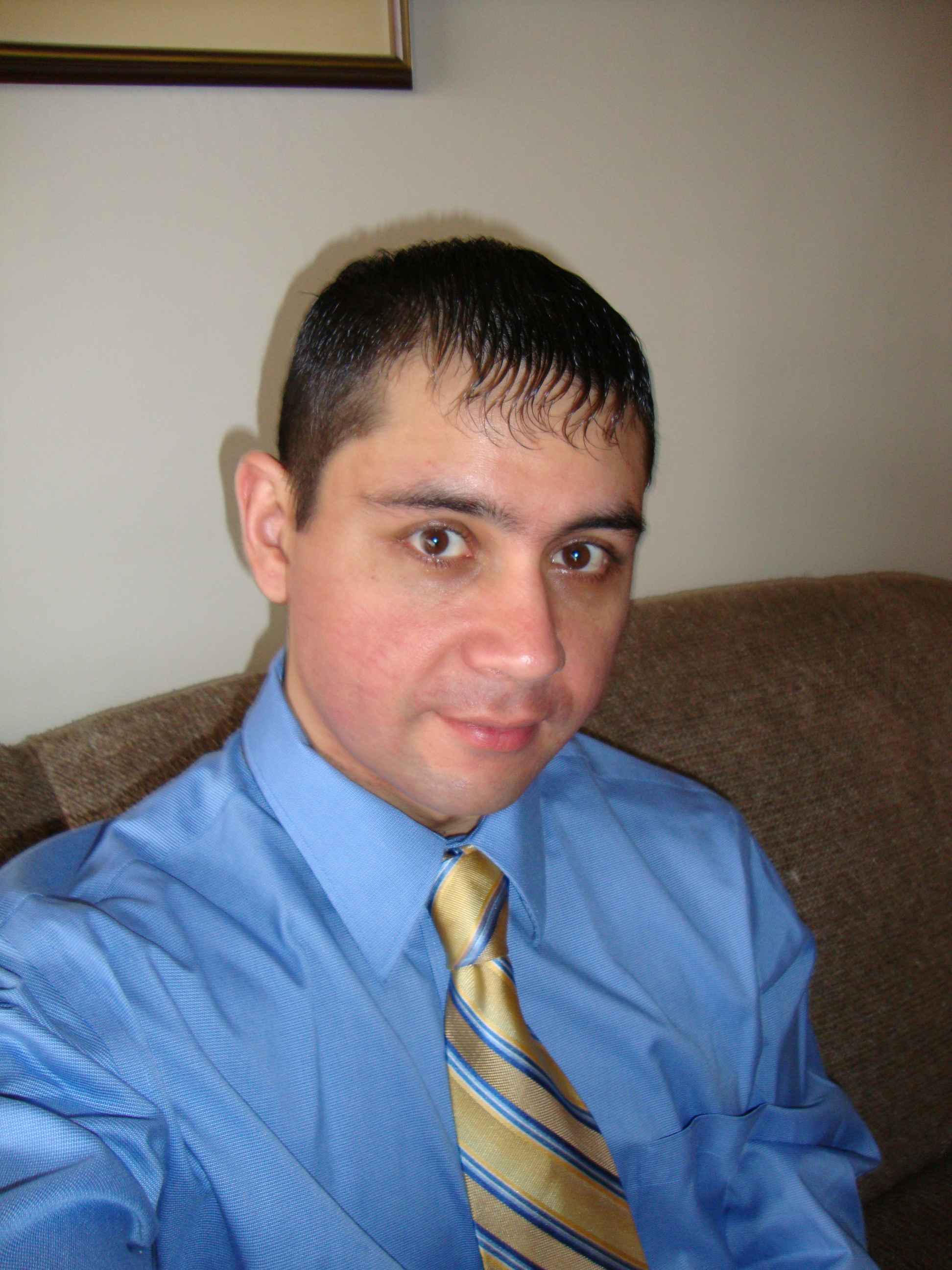 |
Postdoc Vladimir Montealegre (2010-11) Ph.D. Physics, Univ. of South Carolina I obtained my Ph.D. in physics from the University of South Carolina in 2008, worked on research in the field of complex networks. My background is interdisciplinary as I also hold an M.B.A (2002, used the back propagation algorithm to study the behavior of market agents in an industrial sector) and former experience working in risk management (2001-2004). I got my Bachelor of Science in Physics (1999) from the Universidad de los Andes in Colombia (South America). My Ph.D. research used methods of generalized mutual entropy and dynamical clustering to study the structure of complex networks. These tools were used to provide approaches to identify potential vulnerabilities in networks and to depict their dynamics. My doctoral research introduced me to the fascinating field of computational biology in which I have found very interesting problems which can be approached and solved efficiently using computer simulations, stochastic models and complex network representations; all this well aligned with my background and goals. |
